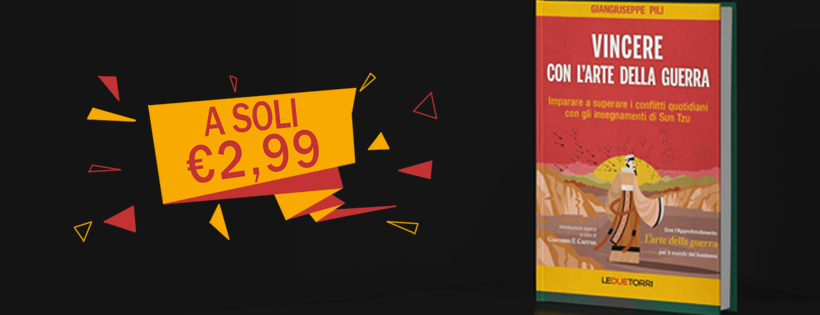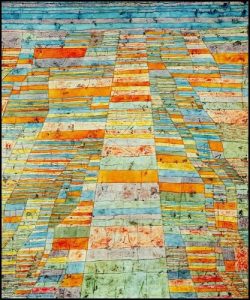Giangiuseppe Pili (2022) Deciphering intelligence analysis – The synthetic nature of the core intelligence function, Intelligence and National Security, DOI: 10.1080/02684527.2022.2041947
Honestly proud of this achievement! For a shortcut: Pili_2022_INS_Deciphering_Intelligence_Analysis
ABSTRACT
Intelligence analysis is one of the most explored topics in intelligence studies. However, decoding its nature is still challenging. A unifying question must be considered: ‘Is intelligence analysis – analysis?’ Unfolding the problem leads to an extreme conclusion: intelligence analysis is a way to structure sensory data collection and reduction. It is, namely, synthesis. A systematic scrutiny of the general nature of analysis is considered to compare it to what intelligence analysis is intended to be. As it will turn out, intelligence analysis is much more synthesis – namely, structuring sensory data collection – than analysis per se, which is the main conclusion of the argument.



